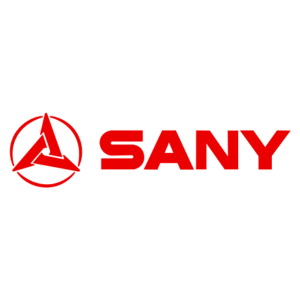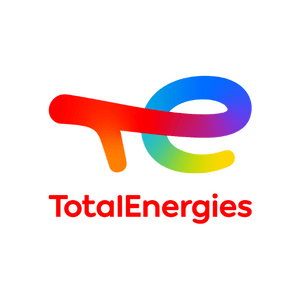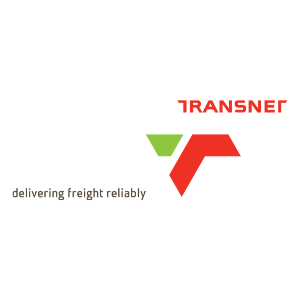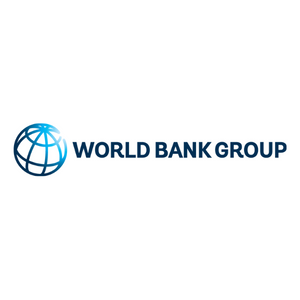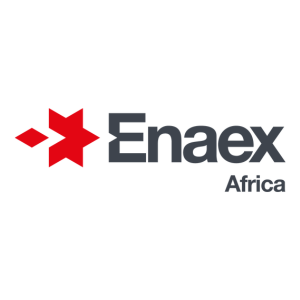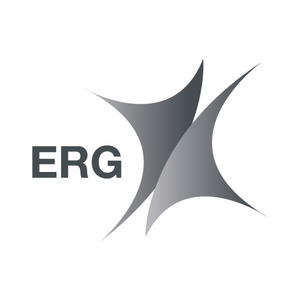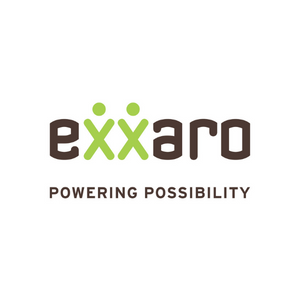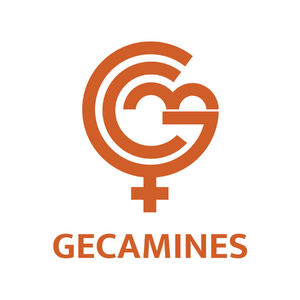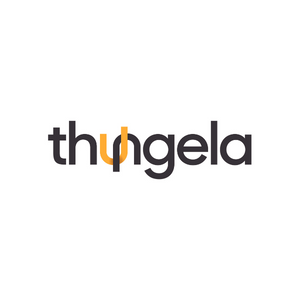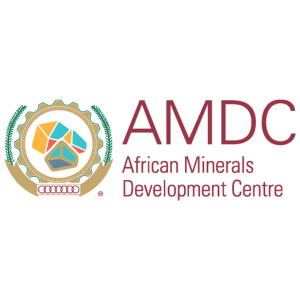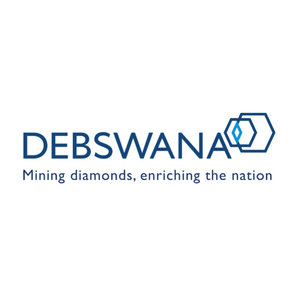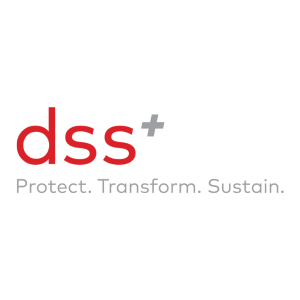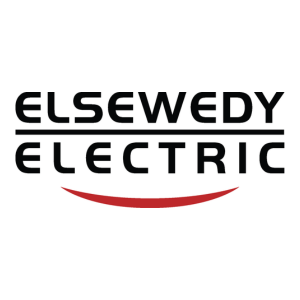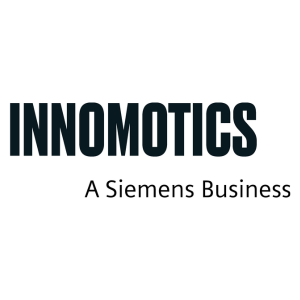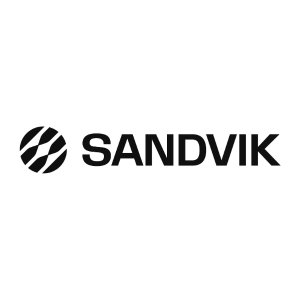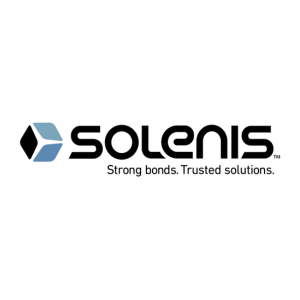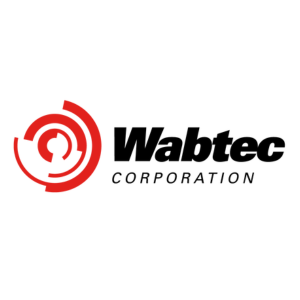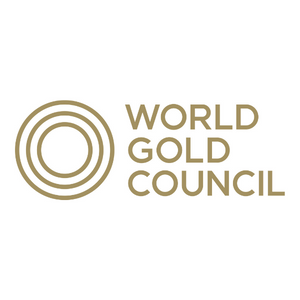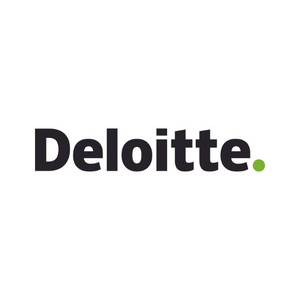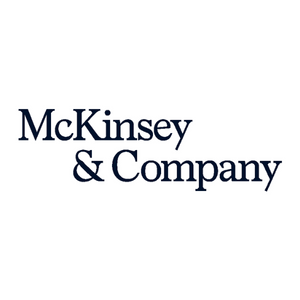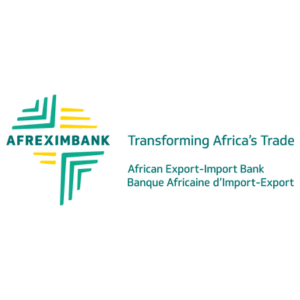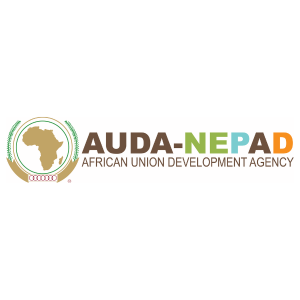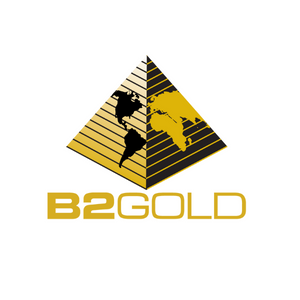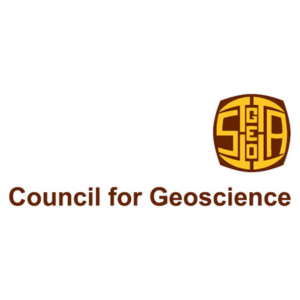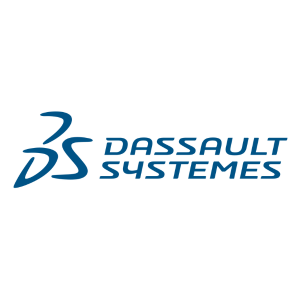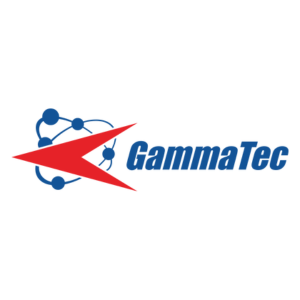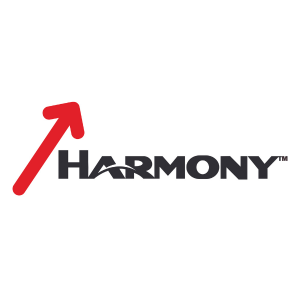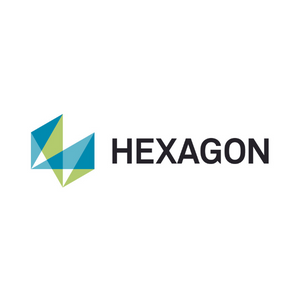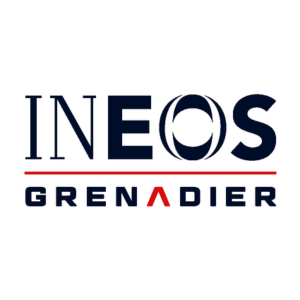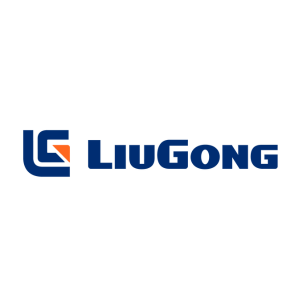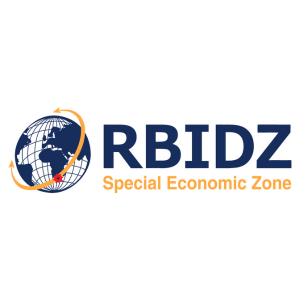David Jollie, Head of Sales and Marketing Insight, Anglo American Platinum
Last month we hosted our green metals webinar: Driving the Future: how will supply & demand for fuel cell and battery materials develop. Following on from the webinar, we sat down with David Jollie, Head of Sales and Marketing Insight at Anglo American Platinum to continue the conversation on ESGs and battery metals.
What is the impact of the increased attention to the socio-economic and environmental impacts mining has?
The mining sector has not stood still over time and you can see that in, for instance, our work to reduce sulphur emissions and the continuing focus on safety. Speaking from my experience in a commercial role, I can say that onboarding a new customer still involves talking about price and volume but now most often involves quite long discussions about carbon emissions, water usage, community relations and many more questions which fit in the ESG box. So, from a commercial perspective, there is a clear requirement to perform well and communicate this performance to customers. The pressure from investors is similar and as an employee, I also value being able to say that I work for a company that is trying to improve all the time. To give one concrete example, we are looking to install solar power generation at our Mogalakwena mine which can be used to produce hydrogen to displace diesel fuel that would currently be used to fuel mining trucks. This makes financial sense and environmental sense and is a great example of the triple bottom line in action. From a platinum group metal perspective, it is also hugely rewarding to note that most of our metals are used in making the world a cleaner and better place, so our products themselves have a beneficial environmental impact.
What would be the next steps within the industry to ensure maximum compliance, and improve transparency?
In my view, compliance and transparency are two different, although related things. In terms of compliance, a lot of this is about a company’s culture and values, ensuring that people are empowered to make decisions, or understand when they need to move those decisions up or down the chain, and understand their responsibilities. This is not just being about meeting the rules but going beyond that and making Anglo American Platinum highly valued in the eyes of all of its stakeholders. The move towards greater transparency supports this. Two-way communication is vital: in my team, we have regular conversations with customers, where we tell them what we are doing and listen to what they are saying.
What are the most critical changes that we must make to face the future effectively?
We have already touched on how ESG is expected to affect the world. From a commercial perspective, we need to understand those trends to make sure that our customers want to use our metals and want to buy those metals from us. So, we will continue to see increasing pressure on improving environmental performance and sustainability in general. At Anglo American Platinum, we also believe in trying to drive the future for our metals so we invest in market development, stimulating demand in existing applications where this is appropriate and trying to generate new demand for our metals. Hydrogen and fuel cells fall into this space: we see their potential both for society and to drive demand in the future and we look to accelerate that through our actions where we can.
What is the most interesting trend for 2021?
There are two obvious trends to look at for next year. The first is, we hope, an economic recovery from Covid-19, with demand for our metals returning to more normal levels and hopefully with producers and recyclers able to operate at more normal levels too on the supply side. The other trend which is underway already and certain to continue is a growing focus on sustainability from a wide range of stakeholders. Although it is a good thing to be involved in producing metals used in clean energy, it is just as important to do so in a way that meets the expectations of customers, investors, employees and civil society in general.
Which new battery technologies are likely to be widely adopted and in what time frame?
As a producer of platinum group metals, we look at electrification more generally than just batteries. For us, fuel cells are the key question, as they typically use platinum as the catalyst on both sides of the cell. At the moment, the number of fuel cell cars and other, often heavier and larger, vehicles being sold annually is only in the thousands but there are realistic targets for several million fuel cell vehicles to be on the roads by 2030, something that could spur the demand of upwards of several hundred thousand ounces of platinum annually by that date. There is also increasing interest in hydrogen as an energy vector, whether used in fuel cells or not, and that has the potential to drive additional demand for platinum and our other metals. Finally, although this is not a forecast, we see potential for the use of our metals in batteries themselves where we have invested in a startup looking to improve the performance of lithium air and lithium sulphur batteries.
What is the impact of the increased attention to the socio-economic and environmental impacts mining has?
The mining sector has not stood still over time and you can see that in, for instance, our work to reduce sulphur emissions and the continuing focus on safety. Speaking from my experience in a commercial role, I can say that onboarding a new customer still involves talking about price and volume but now most often involves quite long discussions about carbon emissions, water usage, community relations and many more questions which fit in the ESG box. So, from a commercial perspective, there is a clear requirement to perform well and communicate this performance to customers. The pressure from investors is similar and as an employee, I also value being able to say that I work for a company that is trying to improve all the time. To give one concrete example, we are looking to install solar power generation at our Mogalakwena mine which can be used to produce hydrogen to displace diesel fuel that would currently be used to fuel mining trucks. This makes financial sense and environmental sense and is a great example of the triple bottom line in action. From a platinum group metal perspective, it is also hugely rewarding to note that most of our metals are used in making the world a cleaner and better place, so our products themselves have a beneficial environmental impact.
What would be the next steps within the industry to ensure maximum compliance, and improve transparency?
In my view, compliance and transparency are two different, although related things. In terms of compliance, a lot of this is about a company’s culture and values, ensuring that people are empowered to make decisions, or understand when they need to move those decisions up or down the chain, and understand their responsibilities. This is not just being about meeting the rules but going beyond that and making Anglo American Platinum highly valued in the eyes of all of its stakeholders. The move towards greater transparency supports this. Two-way communication is vital: in my team, we have regular conversations with customers, where we tell them what we are doing and listen to what they are saying.
What are the most critical changes that we must make to face the future effectively?
We have already touched on how ESG is expected to affect the world. From a commercial perspective, we need to understand those trends to make sure that our customers want to use our metals and want to buy those metals from us. So, we will continue to see increasing pressure on improving environmental performance and sustainability in general. At Anglo American Platinum, we also believe in trying to drive the future for our metals so we invest in market development, stimulating demand in existing applications where this is appropriate and trying to generate new demand for our metals. Hydrogen and fuel cells fall into this space: we see their potential both for society and to drive demand in the future and we look to accelerate that through our actions where we can.
What is the most interesting trend for 2021?
There are two obvious trends to look at for next year. The first is, we hope, an economic recovery from Covid-19, with demand for our metals returning to more normal levels and hopefully with producers and recyclers able to operate at more normal levels too on the supply side. The other trend which is underway already and certain to continue is a growing focus on sustainability from a wide range of stakeholders. Although it is a good thing to be involved in producing metals used in clean energy, it is just as important to do so in a way that meets the expectations of customers, investors, employees and civil society in general.
Which new battery technologies are likely to be widely adopted and in what time frame?
As a producer of platinum group metals, we look at electrification more generally than just batteries. For us, fuel cells are the key question, as they typically use platinum as the catalyst on both sides of the cell. At the moment, the number of fuel cell cars and other, often heavier and larger, vehicles being sold annually is only in the thousands but there are realistic targets for several million fuel cell vehicles to be on the roads by 2030, something that could spur the demand of upwards of several hundred thousand ounces of platinum annually by that date. There is also increasing interest in hydrogen as an energy vector, whether used in fuel cells or not, and that has the potential to drive additional demand for platinum and our other metals. Finally, although this is not a forecast, we see potential for the use of our metals in batteries themselves where we have invested in a startup looking to improve the performance of lithium air and lithium sulphur batteries.




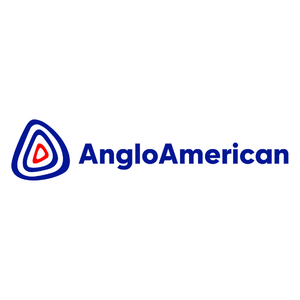
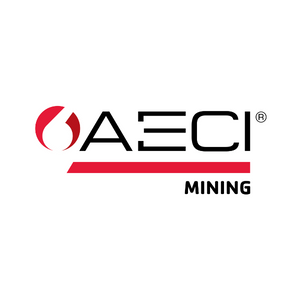
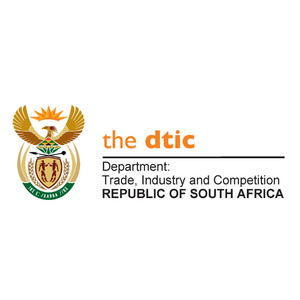



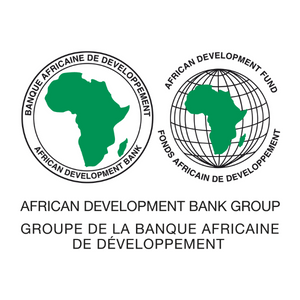
-min.png?ext=.png)

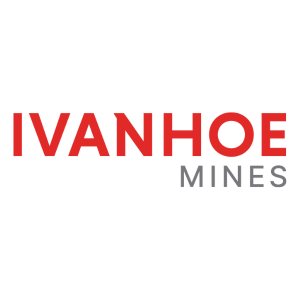
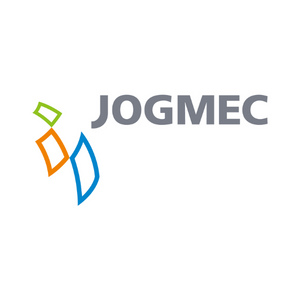

_1.png?ext=.png)



